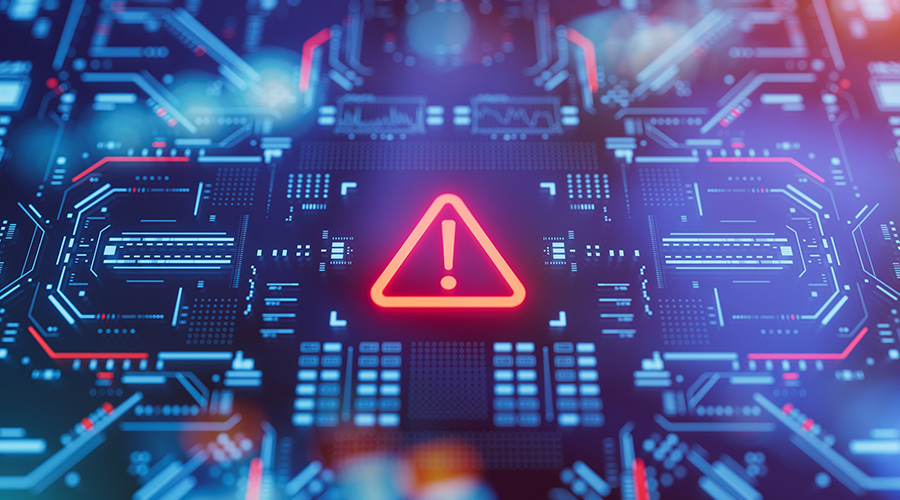Of the over 53,000 facilities using the EPA Energy Star's Portfolio Manager to track water use as of June 2012, 960 are hospitals, according to an EPA Data Trends report. In addition, 840 medical offices were tracking water use. By comparison, as of December 2011, 4,860 hospitals were using Portfolio Manager to benchmark energy use.
The top three facility types benchmarking water usage are office, retail and K-12 schools. "States and building types with the most energy benchmarking also tend to have the most water tracking," says the report. The top water tracking states include Washington, California, Texas, Florida, Michigan, Illinois, Ohio, New York, Pennsylvania, North Carolina and Virginia. Almost 60 percent of those facilities tracking water use at all are measuring indoor use only.
Even though hospitals are among the sectors with the least amount of water use benchmarking, they are among the facility types with the highest water use intensity (WUI), as measured in gallons per square foot. Hospitals were the third most intense use type, at around 55 gallons per square foot, following senior care facilities and hotels. However, the range of WUI was greatest for hospitals as compared to schools and offices, with some facilities reporting WUIs of greater than 150 gallons per square foot.
In the Portfolio Manager data set, the median hospital uses 315 gallons of water per bed per day.
Read more on hospital water usage.

 Making the Energy Efficiency Case to the C-Suite
Making the Energy Efficiency Case to the C-Suite How to Avoid HAIs This Flu Season
How to Avoid HAIs This Flu Season Design Phase Set to Begin for Hospital Annex at SUNY Upstate Medical
Design Phase Set to Begin for Hospital Annex at SUNY Upstate Medical Building Hospital Resilience in an Era of Extreme Weather
Building Hospital Resilience in an Era of Extreme Weather Ennoble Care Falls Victim to Data Breach
Ennoble Care Falls Victim to Data Breach